Bernardo Strozzi (1581 – 1644)
Get a Strozzi Certificate of Authenticity for your painting (COA) for your Strozzi drawing.
For all your Strozzi artworks you need a Certificate of Authenticity (COA) in order to sell, to insure or to donate for a tax deduction.
Getting a Strozzi Certificate of Authenticity (COA) is easy. Just send us photos and dimensions and tell us what you know about the origin or history of your Strozzi painting or drawing.
If you want to sell your Strozzi painting or drawing use our selling services. We offer Strozzi selling help, selling advice, private treaty sales and full brokerage.
We have been authenticating Strozzi and issuing certificates of authenticity since 2002. We are recognized Strozzi experts and Strozzi certified appraisers. We issue COAs and appraisals for all Strozzi artworks.
Our Strozzi paintings and drawings authentications are accepted and respected worldwide.
Each COA is backed by in-depth research and analysis authentication reports.
The Strozzi certificates of authenticity we issue are based on solid, reliable and fully referenced art investigations, authentication research, analytical work and forensic studies.
We are available to examine your Strozzi painting or drawing anywhere in the world.
You will generally receive your certificates of authenticity and authentication report within two weeks. Some complicated cases with difficult to research Strozzi paintings or drawings take longer.
Our clients include Strozzi collectors, investors, tax authorities, insurance adjusters, appraisers, valuers, auctioneers, Federal agencies and many law firms.
We perform Bernardo Strozzi art authentication, appraisal, certificates of authenticity (COA), analysis, research, scientific tests, full art authentications. We will help you sell your Bernardo Strozzi or we will sell it for you.
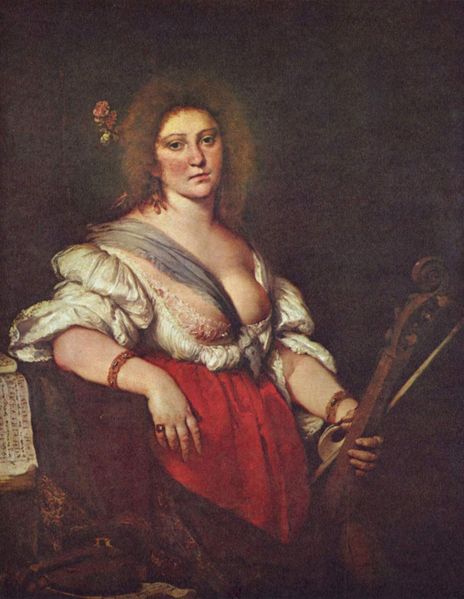
Bernardo Strozzi was a prominent and prolific Italian Baroque painter born and active mainly in Genoa and Venice. Strozzi was born in Genoa. His background is likely not closely associated with the Florentine mercantile Strozzi family. In 1598, at the age of 17, he joined a Capuchin monastery, a reform branch of the Franciscan order. When his father died c1608, he left the order to care for his mother, earning their living with his paintings, which were often influenced by Franciscan teachings, for example his Adoration of the Shepherds (c. 1615). In 1625, he was charged with illegally practicing as a painter. When his mother died c1630, Bernardo he was pressured in court by the Capuchin’s to re-enter the order. He was briefly imprisoned in Genoa, and upon release fled to Venice to avoid confinement in a monastery in 1631. He became nicknamed all his life as il prete Genovese (the Genoa priest).
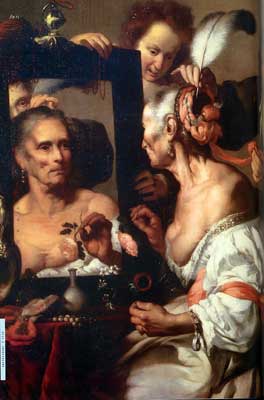
Early paintings, such as The Ecstasy of St Francis show the dark emotionalism of Caravaggio. But by the second decade of the 17th century, while working in Venice, Strozzi had synthesized a personal style which fused painterly influences of the North (including Rubens and Veronese) with a monumental realistic starkness. For example, in the painting The Incredulity of Thomas, the background is muted, yet Jesus’ face, haloed and his outline, misty, in a style atypical of Caravaggio.
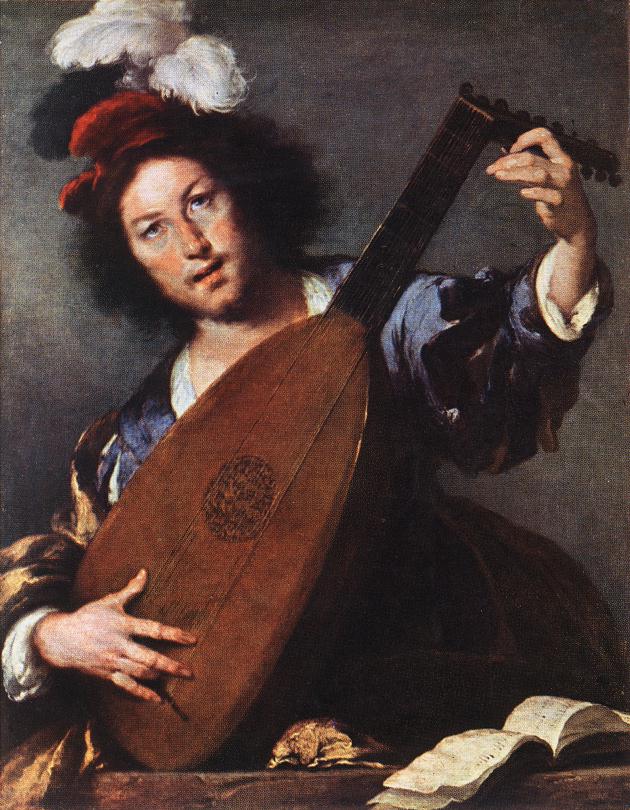
Never as dark as the Caravaggisti, Venice infused his painting with a gentler edge, a style more acceptable to the local patronage, and one derived from his precursors in Venice, Jan Lys (died 1629) and Domenico Fetti (died 1626), who had also fused the influence of Caravaggio into Venetian art.
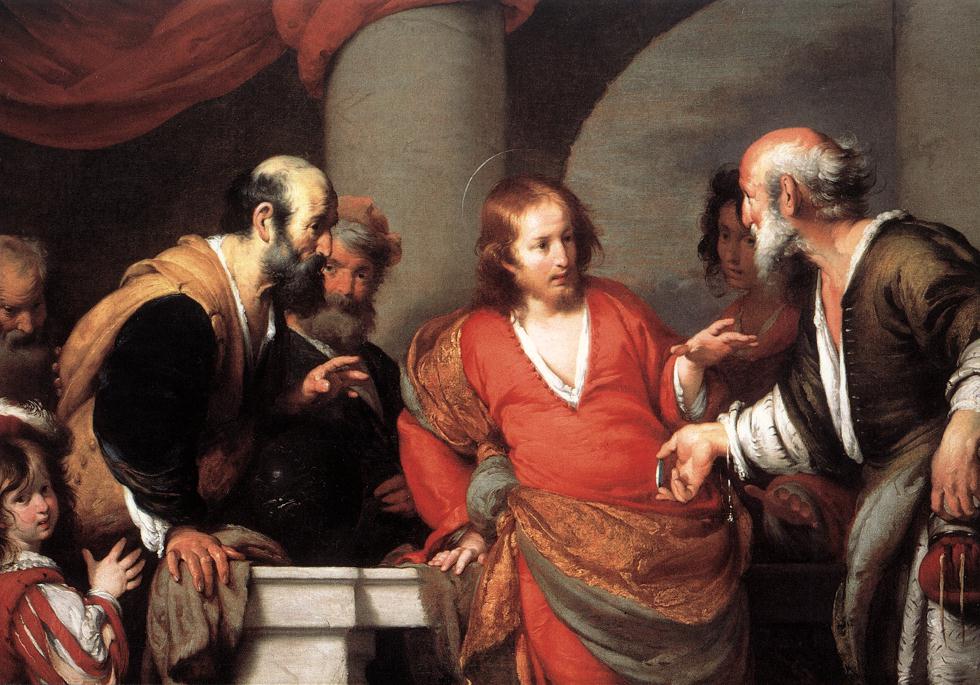
Examples of this style can be found in his Parable of the Wedding Guests (1630), Christ giving keys of Heaven to Saint Peter (1630), Saint Lawrence distributing Alms at San Nicolò da Tolentino and a Personification of Fame (1635-6). He was also likely influenced by Velazquez (who visited Genoa in 1629-30).
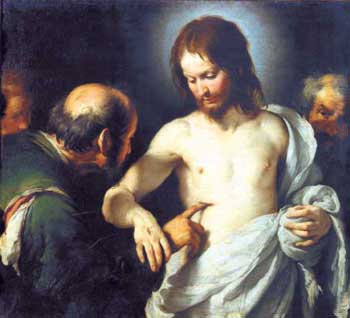
After a commission to paint Claudio Monteverdi his fame grew, and his portrait paintings included many of the leading Venetians. His pupils and painter strongly influenced by him included Giovanni Andrea de Ferrari (1598-1669), Giovanni Bernardo Carbone, Valerio Castello and, Giovanni Benedetto Castiglione.
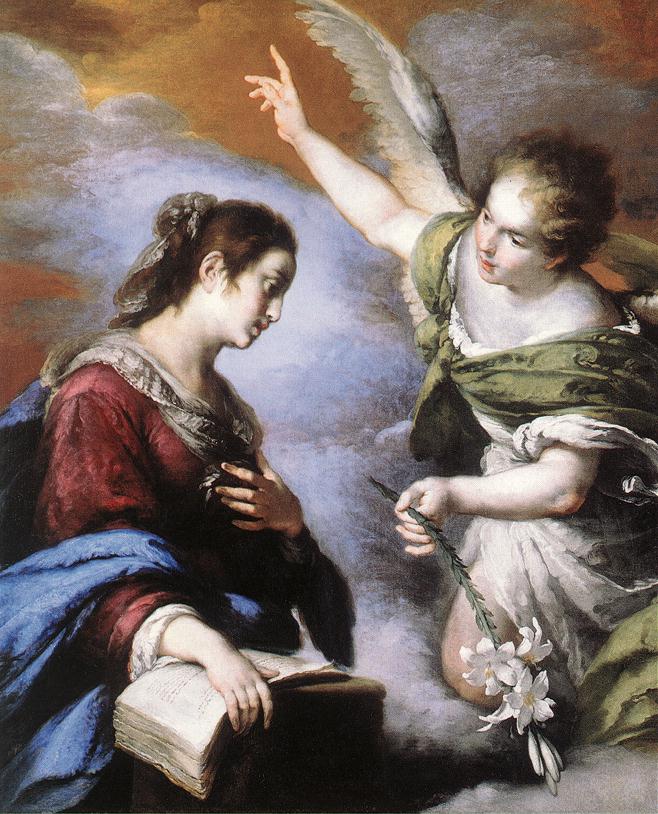
Still wondering about an Italian painting in your family collection? Contact us…it could be by Bernardo Strozzi.
Reviews
1,217 global ratings
5 Star
4 Star
3 Star
2 Star
1 Star
Your evaluation is very important to us. Thank you.
